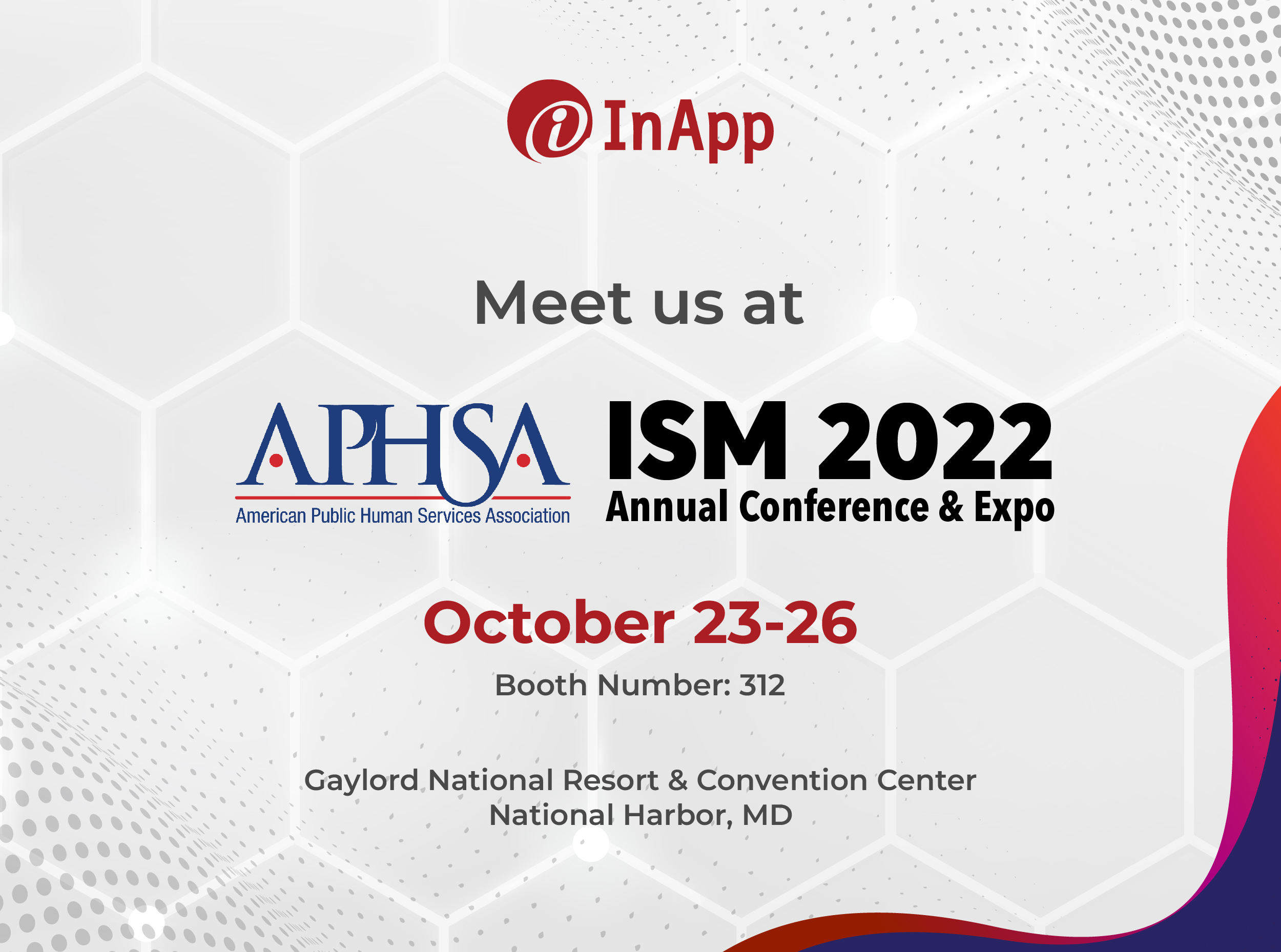Test Automation tool selection is a headache. But fear not, we have the cure for your ailment. At the outset let me congratulate you. By choosing to go for Test Automation you have made a very judicious decision. But if you are still considering Test Automation, you may want to read about:
The benefits of Test Automation
And I recommend the below, for the confused lot:
If they made the correct decision?
Now that you have made up your mind on Test Automation, the next step is to decide on the tool.
Test Automation tool selection criteria
1. Cost
Cost for obvious reasons is the first concern. There are many tools in the market. But not all tools are within your budget. Small organizations are generally not able to afford costly tools like UFT (from HP). Hence it is important for you to make a budget and shortlist the tools that fit your budget. It also makes sense to do this exercise first. This will save you unnecessary effort in analyzing tools that are beyond your budget.
2. Community Support
Support by a community of developers is an important Test Automation tool selection criterion. Essential for organizations that are just starting out with Automation. They would need support in setting up the tool, remedy for any glitches, patches for bugs, and training on usage. Also, an organization can get a lot of help with usage if the tool has a large user base. A large user base ensures forums and vibrant discussion on the tool.
The other way to ensure support is to buy from a recognized & established vendor (for example HP).
3. Script Creation time
The major overhead of automation is the time spent on writing the script. So it is important to choose a tool that doesn’t make your Automation ROI negative. How can that happen?
Well, let me give you an example. Suppose it takes the manual testing team around 100 hours to complete the testing of your software. Now you introduce Automation testing with an expectation to cut down your manual testing time by 50%. So you have saved 50 hours. Congratulations! But hang on. Did you realize that you may actually have spent 60 hours writing the script for the automation? So let me recalculate your effort and make it clear to you:
Time spent on testing before automation = 100 hours
Time spent on testing post-implementing automation = 50 hours (manual) + 60 hours (scripting) = 110 hours.
My friend, you have a negative ROI for Test Automation.
So you go back and buy the tool (price $ 3000) which makes scripting a breeze for you. But did you take into account the cost of the tool itself? Let me recalculate it for you:
Cost of testing before automation = $ 4000 (100 hours @ $ 40 per hour)
Cost of testing after automation = $ 2000 (50 hours of manual @ $ 40 per hour) + $ 3000 (tool). Net cost $ 5000. Once again your ROI is negative.
It is therefore essential to consider both the script creation time and tool cost in conjunction before you purchase your test automation tool.
4. Scripting Language
Well, I hate to break it to you. You can’t buy a tool and expect to script in the programming language of your choice. So if you aren’t proficient in all the programming languages, (.NET, Java, Python, Ruby, etc) which is highly likely (to this date I haven’t met a programmer proficient in all languages), I suggest you pick the tool which allows scripting in the language of your choice.
5. Handling UI Changes
If you are testing the UI of your application, the ability of the automation tool to handle UI change is an important criterion for selection. Not all tools are equally capable of handling UI changes. It would make sense to analyze the complexity of your software’s UI.
For example: if you are developing an analytics dashboard. You are likely to have many widgets. It would, therefore, make sense for you to choose an automation tool that can handle complex UI changes.
Have questions about Test Automation? Contact the software testing experts at InApp to learn more.
